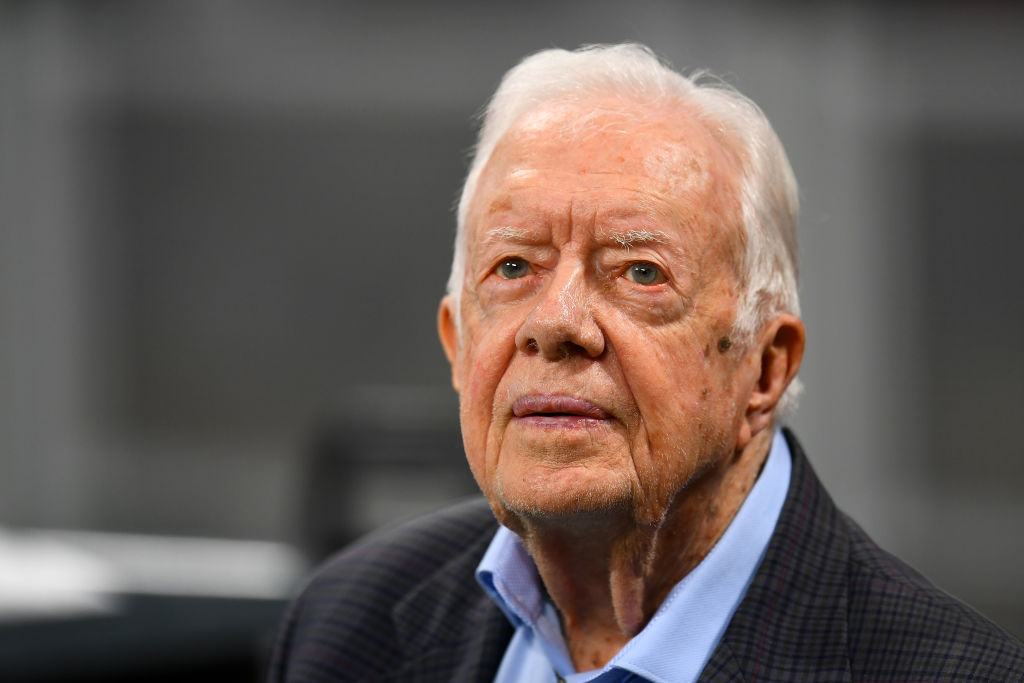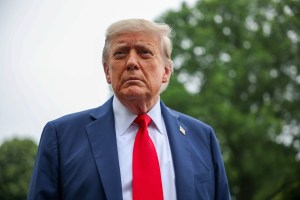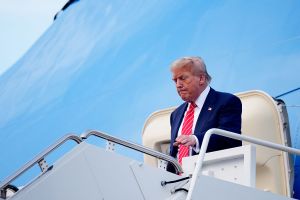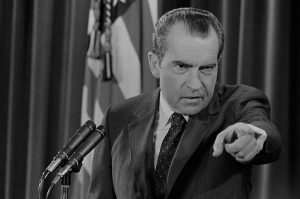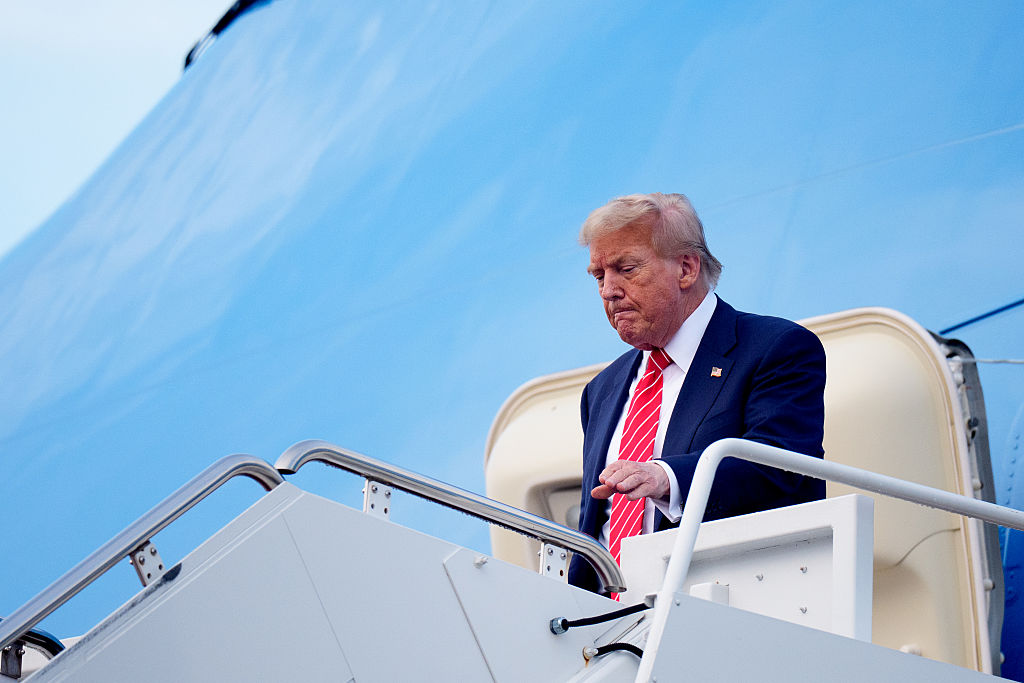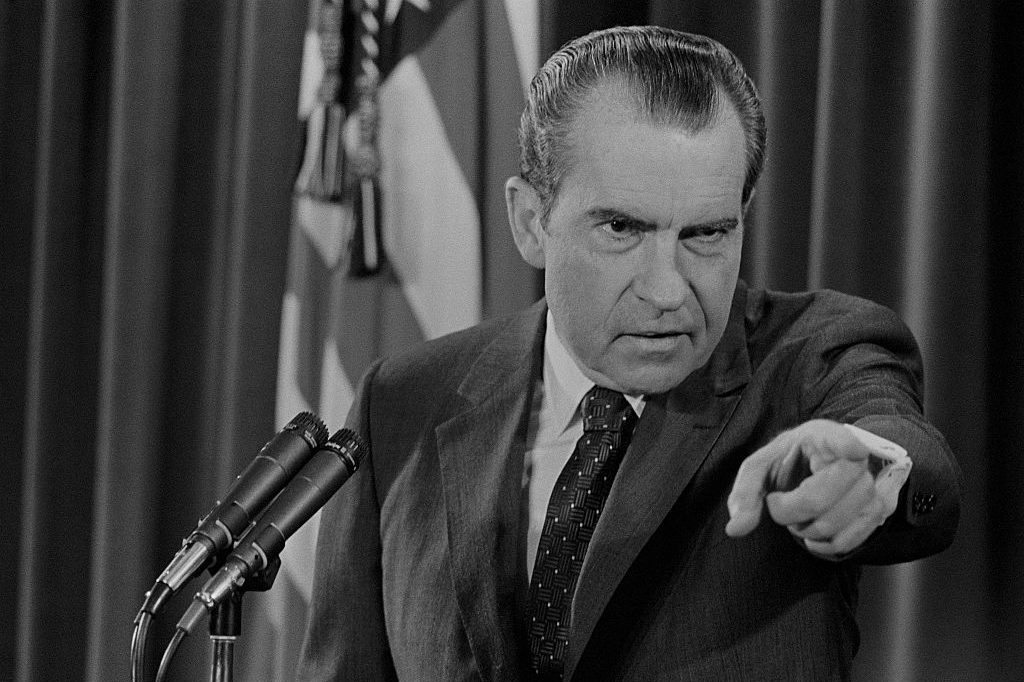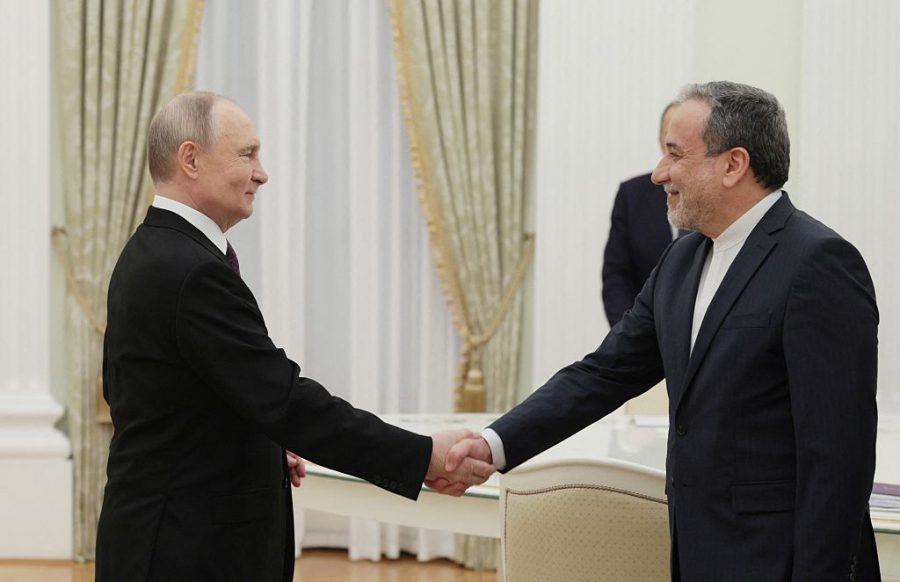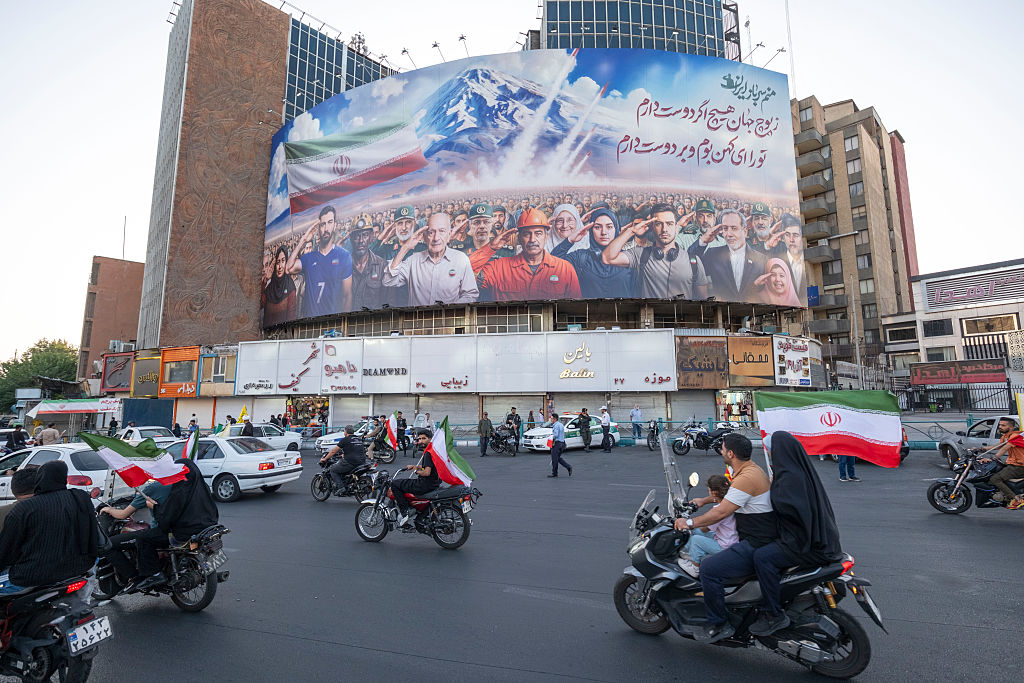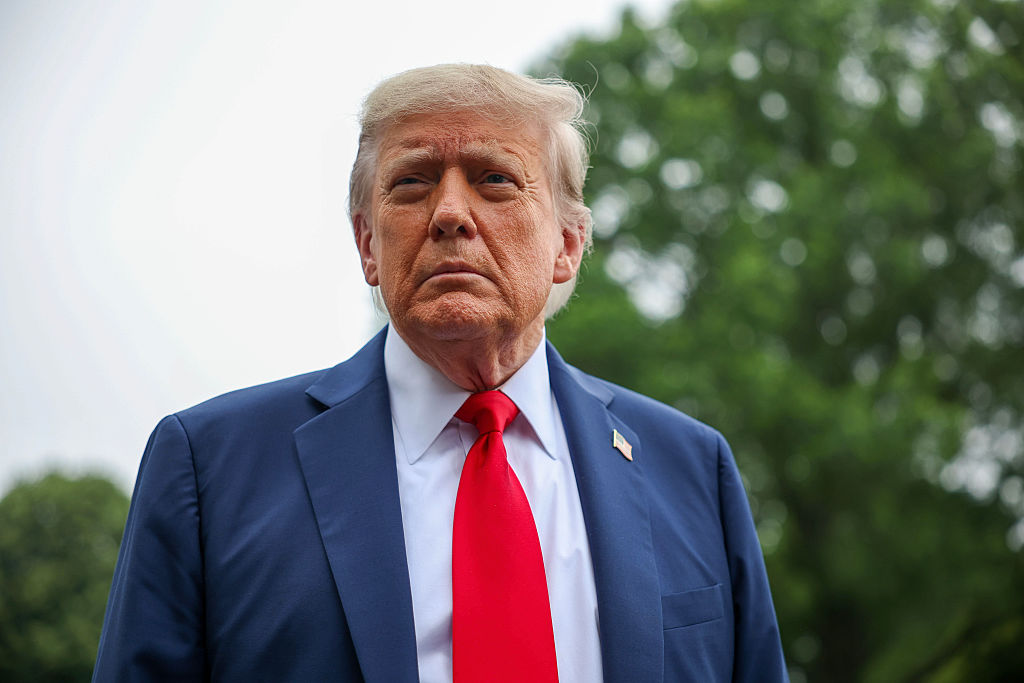Jimmy Carter is commonly depicted as one of America’s worst presidents. His four-year tenure is said to be a mishmash of screw-ups, from high energy prices and even higher inflation to low economic growth and a very public, very embarrassing hostage rescue attempt in Iran. His signature achievement, the 1978 Camp David Accords, which codified peace and normalized diplomatic relations between Egypt and Israel, is treated as a small stretch of fresh pavement in an otherwise potholed road.
Fair or not, that’s the perception. But as the modest, down-to-earth, ninety-eight-year-old former president lives out his final days under hospice care at his Georgia ranch house, it’s worth recalling that Carter had several noteworthy accomplishments in his long life above and beyond his commitments to Habitat for Humanity and the non-profit Carter Center. Many of them came more than a decade after he lost re-election in a landslide to Ronald Reagan.
1994 was a particularly stressful but productive year for him. It came as the United States was getting used to its status as the world’s only superpower, when President Bill Clinton was using Carter as a troubleshooter to avert two crises that could have easily taken the US to war.
The first involved Haiti, which was being administered by a stubborn military junta that refused to cede power to the elected government it had overthrown. The man who headed that government, Jean-Bertrand Aristide, was forced into exile in October 1991 by the military putsch, ending Haiti’s first experiment with democratic governance after a short ten months. Clinton, newly elected and under pressure to prove himself on the international stage, worked to return Aristide to his rightful place. As Clinton said during a White House sit-down with Aristide in March 1993, it was the policy of his administration to bring democracy back to Haiti.
The only problem: Lieutenant General Raoul Cedras, the leader of the military government, had no intention of handing back power. Despite a US-mediated deal between the junta and Aristide, the crisis persisted. Implementation of the accord was nonexistent, and an American attempt to land military police in Haiti to help with the transition back to democracy was thwarted when an angry mob refused to allow the ships to dock. It looked as if US military intervention was close at hand: in July 1994, the UN Security Council approved the deployment of an American-led multinational force to overthrow the junta.
However, thanks to a last-minute mediation by Carter with the support of former chairman of the Joint Chiefs Colin Powell and Senator Sam Nunn, the situation was deescalated. Yet another deal was reached, nudged in part by the American warships hovering near the Haitian coast: Haiti’s military would cede power by a specific date, General Cedras and his conspirators would be granted amnesty, and the Haitian authorities would cooperate with rather than fight US and UN personnel when they set foot on Haitian soil. Cedras left for exile in Panama. US forces were replaced by a UN mission six months later.
The other crisis, on the other side of the world, was even more explosive.
In 1993, the International Atomic Energy Agency, the UN’s nuclear verification arm, reported that North Korea wasn’t complying with its obligations under the Nuclear Nonproliferation Treaty. Requests for access, inspections, and information were denied by North Korean leader Kim il-Sung into 1994, when the IAEA Board of Governors formally called on Pyongyang to cooperate. North Korean scientists were removing spent fuel from the country’s research reactor without monitors being present, and the Clinton administration was exceedingly worried about that material serving as fuel for a nuclear device. Washington’s concern only mounted when Pyongyang declared its withdrawal from the IAEA in June 1994.
This is perhaps the closest the US and North Korea have come to war since the armistice agreement was signed in 1953. William Perry, the defense secretary at the time, recalled that the Pentagon was actively considering air strikes to destroy North Korea’s nuclear facility. “We seriously considered solving the problem directly by simply striking the reactor and the processor at Yongbyon,” Perry told PBS nearly a decade later. Ashton Carter, who would go on to become a defense secretary during the Obama administration, confirmed Perry’s recollection: “We designed a strike of conventional precision munitions on Yongbyon,” destroying the reactor in a way that wouldn’t cause a radiological disaster. As Frank Jannuzi, a former intelligence officer who briefed Carter before his trip to the North Korean capital, explained on Twitter, the “1994 nuclear crisis was no laughing matter.”
No American official could say with concrete certainty that a wider war on the Korean Peninsula could be avoided if bombs began to fall. Carter asked the Clinton administration to mediate a diplomatic solution, and Clinton begrudgingly accepted. Carter came back from Pyongyang with the outlines of an agreement: the North Koreans were to freeze their activities at the plutonium reprocessing plant in exchange for light water reactors and high-level talks with Washington. The arrangement was the spine of the Agreed Framework, which although hindered from the start by violations, still managed to keep North Korea away from a nuclear bomb for another decade.
Jimmy Carter may have been an ineffectual president, but his post-presidential life was anything but. And that seems worth remembering too.



